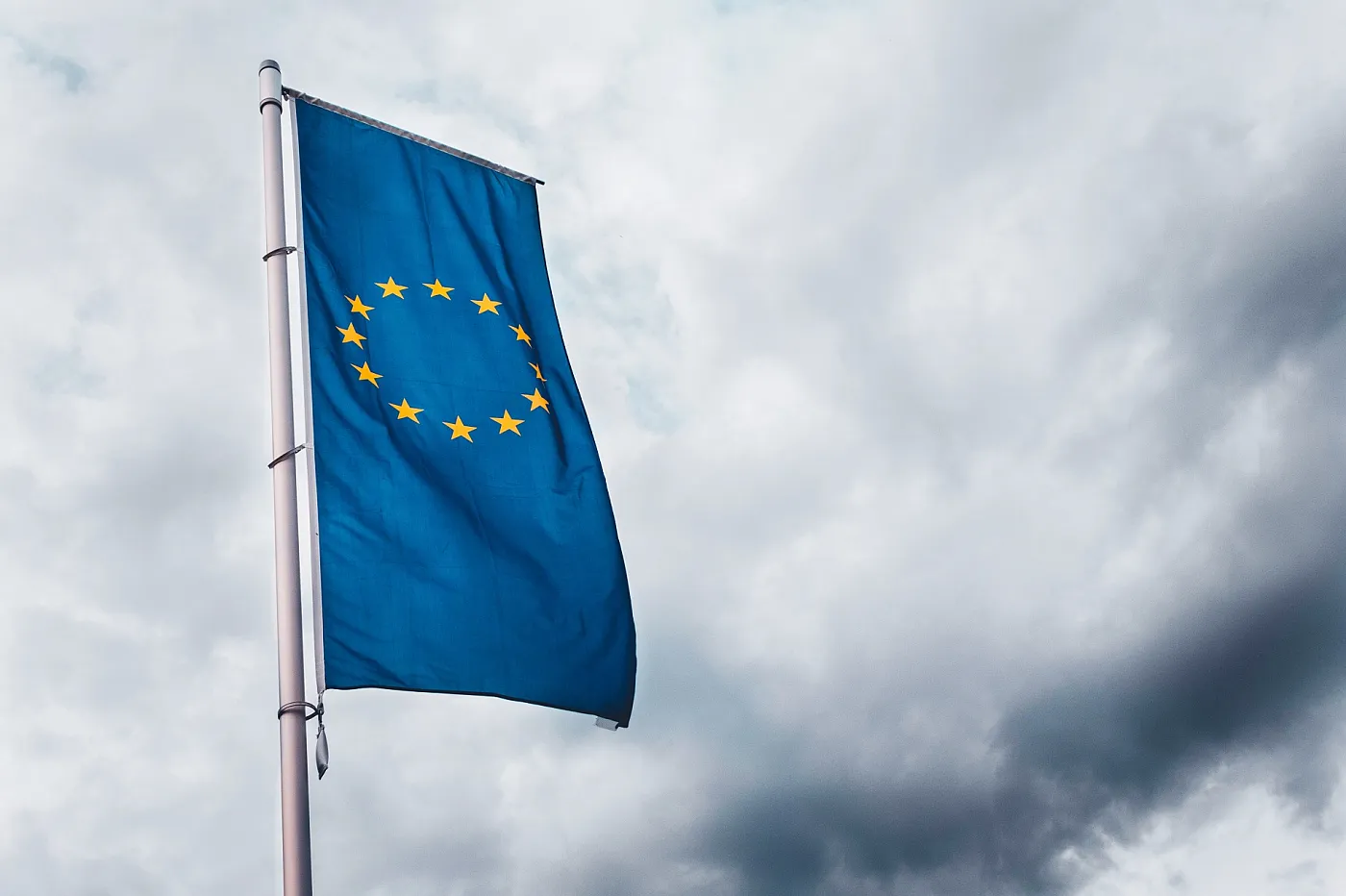Introduction
More than six months have passed since the referendum of 23 June 2016 in which the majority of British voters voted to leave the European Union. Yet to this day there has not been any change in the status of the United Kingdom as a full Member State of the EU.
Indeed, until such time as an exit agreement is concluded, on the basis of the procedure established in the Treaty on the European Union, EU legislation as well as all rights and obligations resulting therefrom will continue to apply in full to the UK.
The British Government has announced that the procedure will be initiated by the end of March this year, meaning that in principle by the end of March 2019 the UK will no longer be a Member State of the EU. However, the content of the exit agreement and the terms of the UK’s new relationship with the EU remain surrounded by some uncertainty, as we shall see below.
The exit process
The right to secede and the process for a Member State exiting the EU are established in Article 50 of the Treaty on the European Union since the entry into force in 2009 of the Treaty of Lisbon. This provision, which is being applied for the first time, provides the legal basis for the negotiation and implementation of the UK’s exit from the EU.
The Article 50 procedure must be initiated by the Member State which intends to withdraw from the EU by formal notification to the European Council of its intention to leave. This notification triggers a period of two years for the Member State and the EU to negotiate the conditions of exit. After the expiry of the two-year period, even if an agreement has not been reached the State will automatically cease to be a member of the EU unless the European Council unanimously agrees to extend that term.
There is no deadline for the “Article 50 notification” and the timing for its submission is therefore essentially a political decision.
After much controversy in the UK over the government’s competence to serve the Article 50 notification, on 24 January 2017 the United Kingdom Supreme Court upheld in Miller that the (unwritten) principles of the UK Constitution prevent the Government from unilaterally deciding to initiate the exit procedure under Article 50 TEU without the prior approval of the British Parliament1.
Further to the Miller judgment draft legislation was introduced in Parliament in order to authorise the Government to invoke Article 50. According to Prime Minister Theresa May the notification will be submitted to the European Council by the end of March 20172.
In recent months there have been a number of calls, particularly in the UK, forinformal negotiations with the European institutions to start before the formal notification of Article 50. However, the Heads of State and Government of the remaining 27 Member States, as well as the Presidents of the European Council and of the Commission, stated peremptorily that “there can be no negotiations until such notification has been made” 3 and the Commission President announced he had prohibited Commissioners and senior staff from initiating talks with British representatives until formal notification is received4.
Further to the notification the European Council will adopt guidelines for the negotiation of an agreement with the UK. In practice, negotiations are likely to be conducted between the Commission as the EU’s representative and the UK Government. The result of such a negotiation should consist of a treaty between the EU (at 27) and the UK setting out the detailed conditions for exiting the EU, also “taking account of the framework of its future relations with the Union”. However, the precise scope of the exit negotiations and the extent to which they will cover the future relationship of the UK with the EU (which may be the subject of a separate agreement) remains open and should be agreed between the parties.
After negotiation the exit agreement should be approved by the European Parliament (by simple majority) and signed by the Council of the EU (acting by a qualified majority, without the UK). The agreement should subsequently be ratified by the UK in accordance with its constitutional provisions.
Estimates for the duration of the exit negotiations vary considerably. In the campaign leading up to the referendum, the British government stated that it would take “more than a decade” to negotiate the UK’s exit, the terms of the future relationship with the EU and international agreements with third countries (since international agreements in which the EU is a party will no longer apply to the UK after its exit from the Union).
According to recent statements by the British Government, the UK intends to conclude an agreement on the future relationship with the EU by March 2019, followed by a phased process of implementation, in which both the UK and the European institutions and the Member States will gradually adjust to the agreed new relationship, the duration of which may vary depending on the issue (e.g. immigration controls, cooperation in criminal matters or regulation of financial services)5.
Possible Models for the Future UK-EU Relationship
Several existing models could form the basis of a future relationship between the UK and the EU:
- The “Norwegian model”: joining the European Free Trade Association (EFTA) and the European Economic Area (EEA) Agreement, in order to ensure access to the European internal market6. As a member of the EEA the UK would be required to apply notably the EU legislation on the free movement of persons, one of the main controversial issues in the context of the referendum, as well as to contribute financially to the functioning of the Union, in a measure to be determined (although it would no longer benefit from European funds, which are reserved for Member States).
- The “Swiss model”: joining only EFTA, with bilateral agreements, like Switzerland, the only member of that association which has not joined the EEA, which maintains a set of bilateral agreements with the EU giving it access to certain areas of the European internal market. Significantly, however, the agreements in force with Switzerland do not include financial services, which are essential to the UK economy. Switzerland has also accepted the principle of free movement of EU citizens.
- A bilateral free trade agreement, such as those concluded with Canada or Singapore7. These bilateral agreements, when they in force, will provide virtually complete access to the internal market for goods and partial access to the market for services, although not including the acceptance of the free movement of persons. Exporting countries should nevertheless comply with EU rules and regulations when exporting to the EU, but would have no influence on their adoption.
- Membership of the World Trade Organization (WTO). As member of the WTO the UK would be able to negotiate trade agreements with other members, including the EU. However, as long as such agreements did not enter into force, the UK should apply equal tariffs and conditions for all countries (under the “Most Favoured Nation” principle). Exports from the UK to the EU would also be subject to the EU’s external tariff.
The future: what we do know
During several months following the referendum the UK’s intentions were surrounded in mystery. The members of the European Council (without the UK) and the President of the Commission have expressed their wish that the United Kingdom be a close partner of the EU, but warned that “any agreement concluded with the United Kingdom will have to be based in a balance between rights and obligations” and in particular that “access to the single market requires the acceptance of the four freedoms” (free movement of persons, goods, services and capital)8.
On 17 January 2017 the British Prime Minister gave a speech in which she sought to clarify the UK’s objectives as to the terms of exiting the EU and set out a number of principles which, while general in nature, are nevertheless welcome for bringing greater clarity to what may be the UK’s position in the upcoming negotiations9.
In particular, the British Government recognizes that it will not have full access to the EU internal market, as it considers essential:
(i) to regain full control over its borders, which means restricting the entry and residence of EU citizens in the UK, and
(ii) to “take control over the UK laws”, meaning to remove the jurisdiction of the European Court of Justice to interpret laws and regulations applying in the UK.
The UK also intends to negotiate a “bold and ambitious free trade agreement” with the EU, while maintaining freedom of negotiation with other third countries. This means that Britain wishes to set its own tariffs within the WTO, which would be incompatible with (at least full) membership of the European Customs Union.
At any rate, as noted above, the British Government acknowledges the need to negotiate a transitional period for a phased implementation of the UK’s exit from the EU after March 2019, in order to allow for the significant changes to the applicable legislative and regulatory framework to take full effect.
In the light of the British Government’s stated views, the possibility of the UK acceding to the EEA, like Norway, or staying in EFTA and concluding a number of bilateral agreements to gain access to the European internal market, such as Switzerland, can be excluded, since in both cases such third countries accept the free movement of EU citizens. It is possible that the UK will attempt to negotiate and conclude a bilateral free trade agreement with the EU (like Canada). However, in view of the complexity of the exit negotiations and the tensions that may arise between the UK and some of the 27 Member States that will remain in the Union, a likely scenario, at least in the short term, could be of the United Kingdom being forced to negotiate with the EU under the WTO general rules.
Regardless of the concrete terms of the future relationship that will be negotiated, EU law will continue to have some effect in the UK. For example, UK companies doing business in the EU will continue to comply with EU technical standards or competition rules. Thus, even after leaving the EU the autonomy of the British legislator will still be conditioned in several areas by the need to ensure the continuity of the close relationship of the British economy with European companies and investors.
Nevertheless, the options that will be taken in the forthcoming negotiations will have a profound impact on the relations of European citizens and businesses with the UK and the British market in many areas, from financial services to rules on insolvency, intellectual property, employment or environment. It is therefore very important to continue to follow closely developments in the coming months.

_______________________
1 R(Miller) v Secretary of State for Exiting the European Union, [2016] EWHC 2768 (Admin) and [2017] UKSC 5, available at <https://www.judiciary.gov.uk/judgments/r-miller-v-secretary-of-state-for-exiting-the-european-union/>.
2 BBC, 2 October 2016, Brexit: Theresa May to trigger Article 50 by end of March, <http://www.bbc.com/ news/uk-politics-37532364>.
3 Statement of the “Informal meeting at 27”, Brussels, 29 June 2016, <http://www.consilium.europa.eu/ en/press/press-releases/2016/06/29-27ms-informal-meeting-statement/>, para. 3.
4 The Group “Far Deal for Expats” has announced its intention to challenge this “presidential decision” before the EU courts (BBC, “Brexit: British expats sue EUs’ Juncker over talks”, 7 October 2016, <http:// www.bbc.com/news/world-europe-37586587>).
5 Theresa May, “The governments’ negotiation objectives for exiting the EU”, speech of 17 January 2017, Lancaster House, London, available at <https://www.gov.uk/government/speeches/the-governments-negotiating-objectives-for-exiting-the-eu-pm-speech>.
6 The EEA, which includes the 28 EU Member States and three of the four EFTA States (Iceland, Liechtenstein and Norway) provides for the application of EU legislation in a number of areas, including the four freedoms, but does not cover policies such as agriculture, employment and social affairs or justice and home affairs.
7 The EU and Canada concluded on 30 October 2016 the Comprehensive Economic and Trade Agreement (CETA), which will have to be approved by the European Parliament and by national parliaments before it enters into force (http://ec.europa.eu/trade/policy/in-focus/ceta/ceta-explained/). Negotiations with Singapore were concluded on 17 October 2014, but the initialled agreement still awaits the approval of the European Commission, as well as the consent of the Council and the European Parliament.
8 Statement of the “Informal meeting at 27”, Brussels, 29 June 2016, cit., para. 4.
9 Speech “The governments’ negotiation objectives for exiting the EU”, cit.


